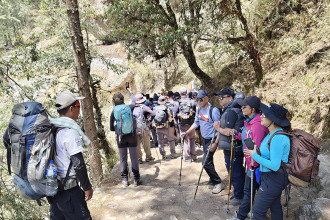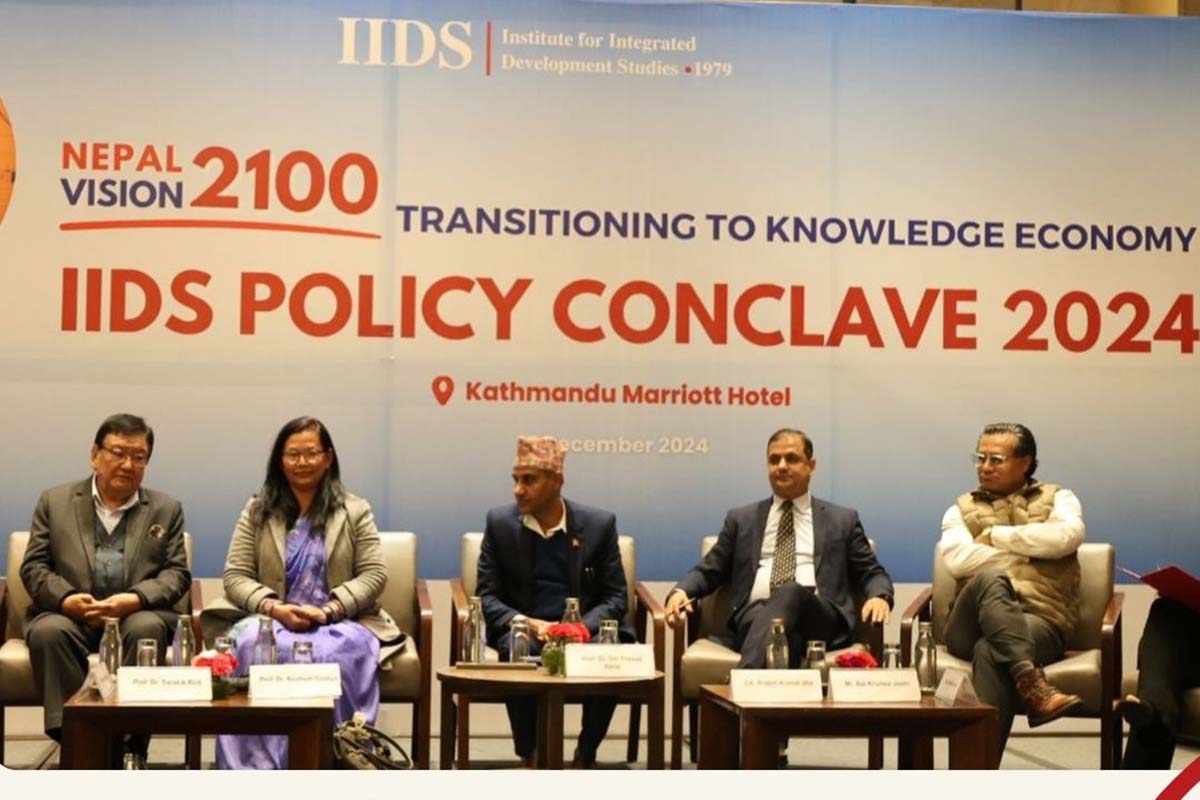
KATHMANDU: The second edition of the IIDS Policy Conclave 2024 was held on Friday, focusing on the theme ‘Nepal Vision 2100’. The conclave aimed at addressing Nepal’s critical structural challenges and exploring actionable solutions. It brought together policymakers, scholars, and key stakeholders to discuss long-term strategies for economic transformation and national growth.
The event featured insightful panel discussions and presentations to foster meaningful dialogue and shape Nepal’s development roadmap. The active participation of all attendees was crucial, contributing significantly to the discourse on Nepal's vision for 2100 BS and the strategies needed to achieve it over the next two decades.
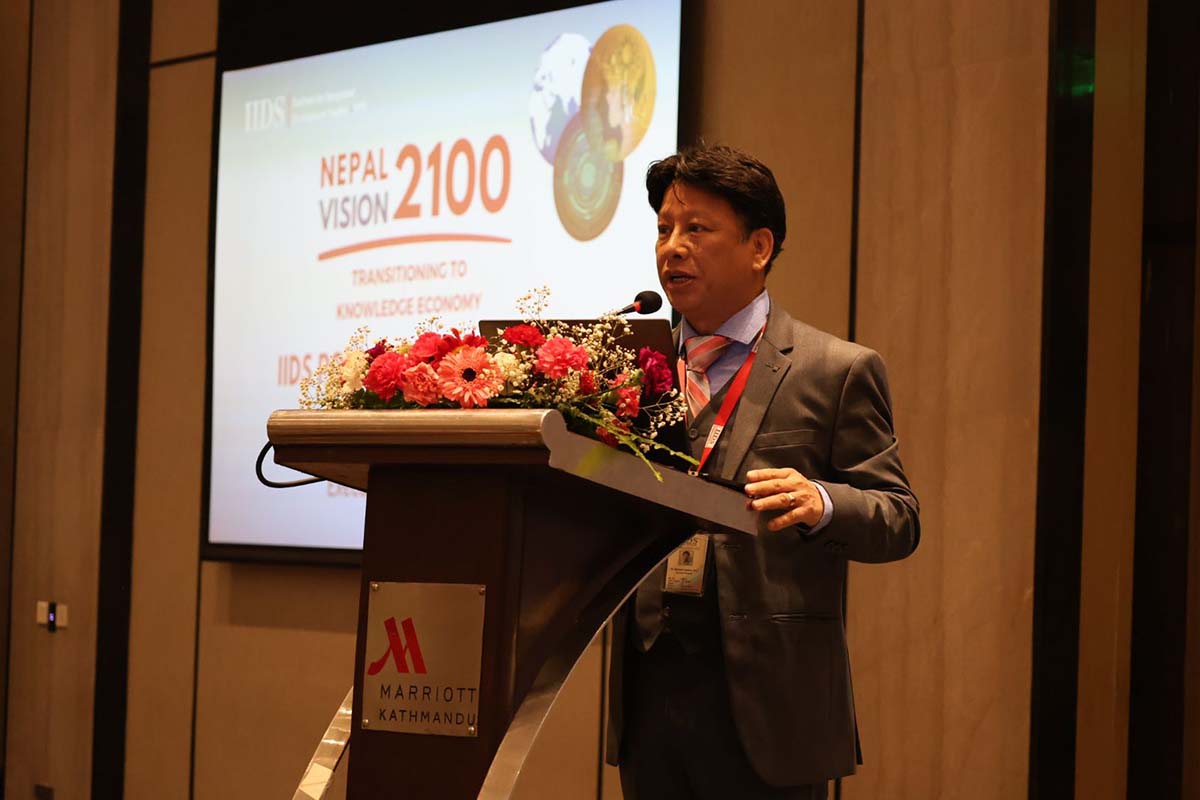
At the programme, Dr Biswash Gauchan, Executive Director of IIDS, called for a realistic reassessment of Vision 2100, emphasising the transition to a service-based economy through agricultural transformation, natural resource management, industrial development, and service sector expansion. He advocated integrating STEEM education and leveraging Remittance 2.0 and the Nepali diaspora for economic growth.
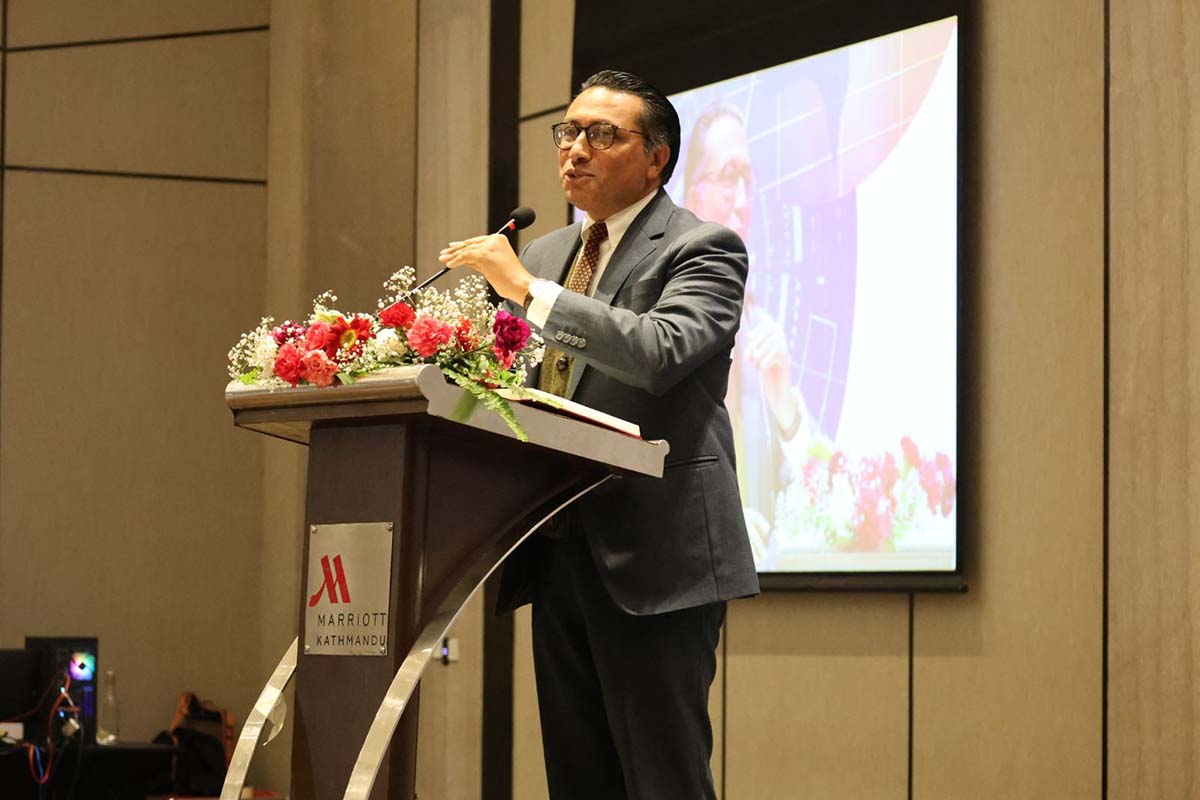
Swarnim Waglé, Member of Parliament and Chair of IIDS, urged pragmatic strategies aligned with global economic trends, stressing high-value agriculture, trade liberalisation, and diversified tourism. He also called for institutional reforms, FDI liberalisation, and public funding for political parties.
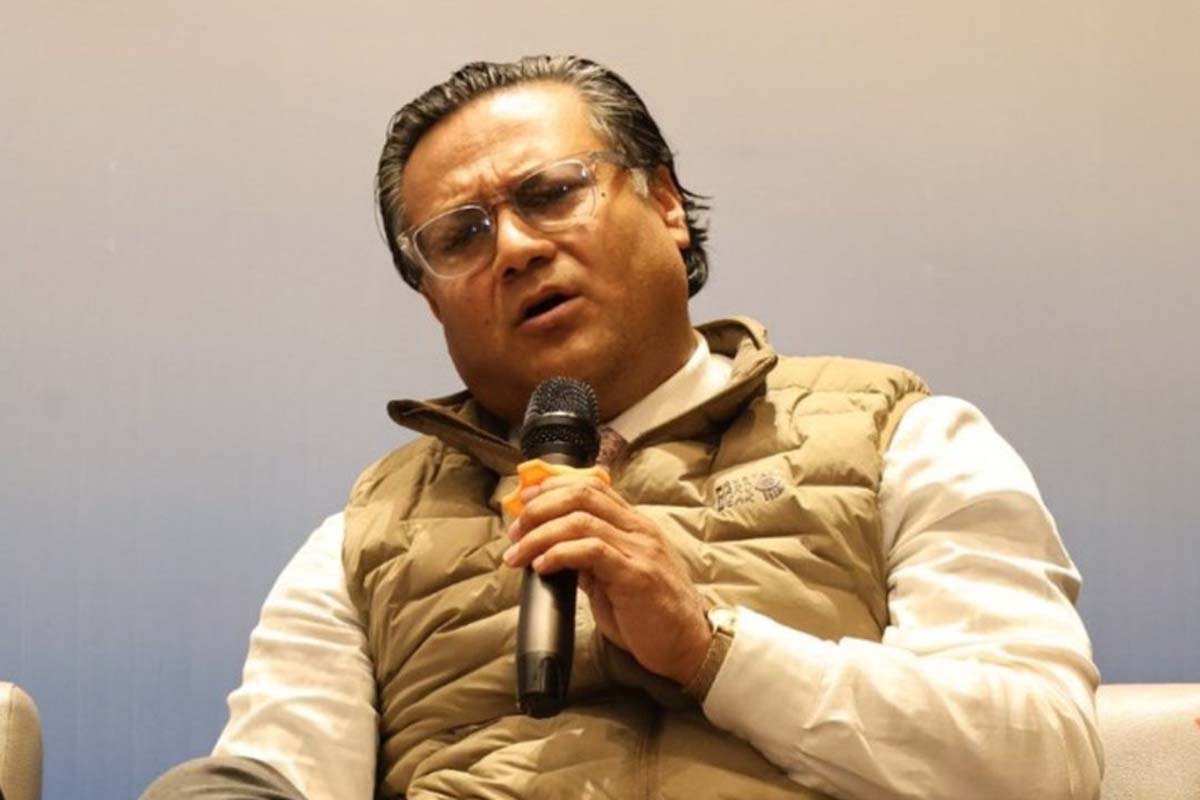
Bal Krishna Joshi, Founder of Xuno, highlighted Nepal’s potential in IT and fintech sectors, advocating for policy reforms and educational alignment. He emphasised the importance of leveraging diaspora contributions and climate finance.
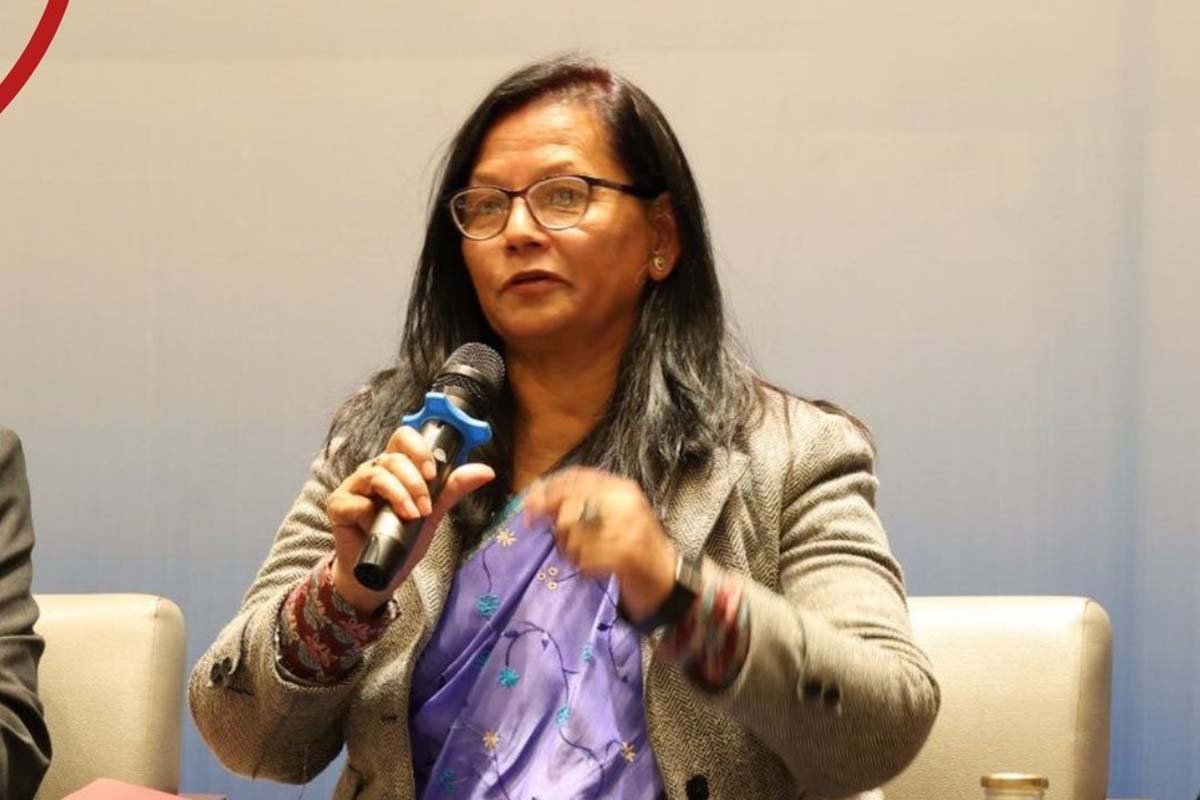
Prof Dr Kushum Shakya underscored the need for transitioning to a knowledge-based economy, focusing on intergovernmental coordination and exporting high-value services.
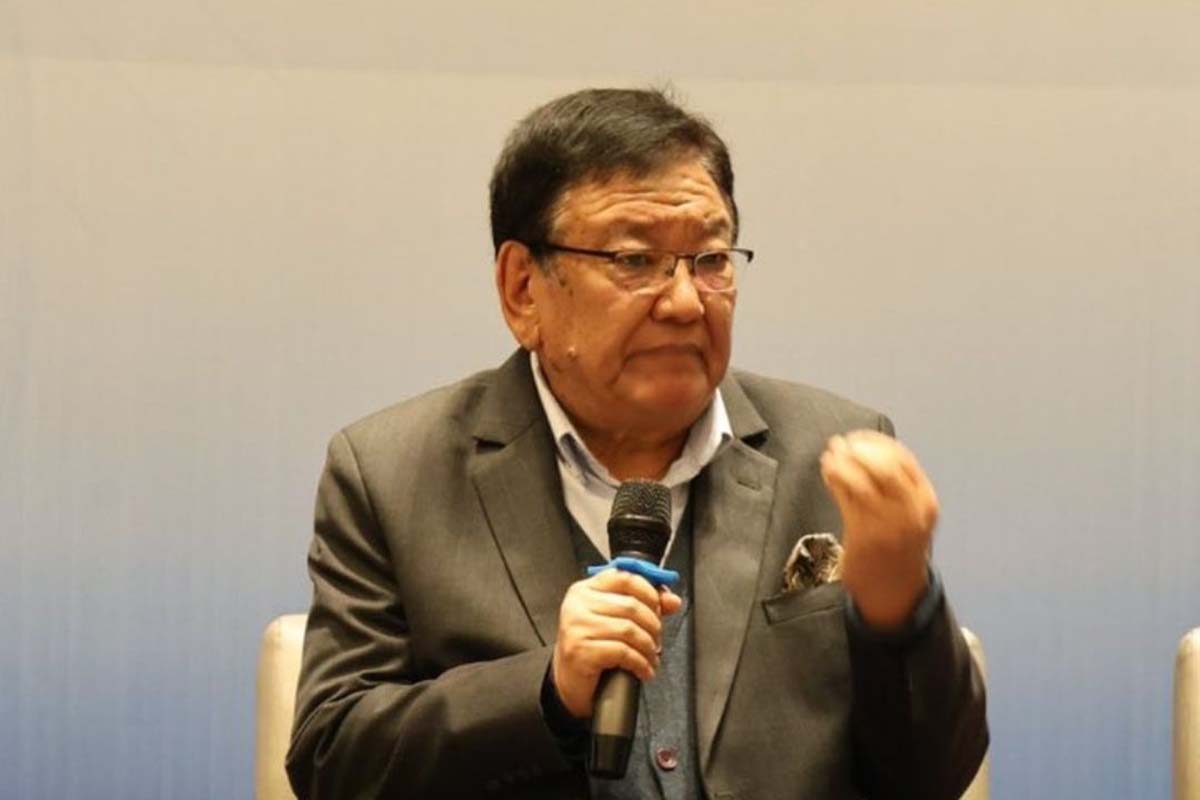
Prof Dr Sanduk Ruit shared insights into Tilganga’s success, advocating for integrity-driven leadership and replicating similar models in health-related sectors. Economist Chandan Sapkota identified key development bottlenecks and stressed robust project prioritisation and monitoring systems.
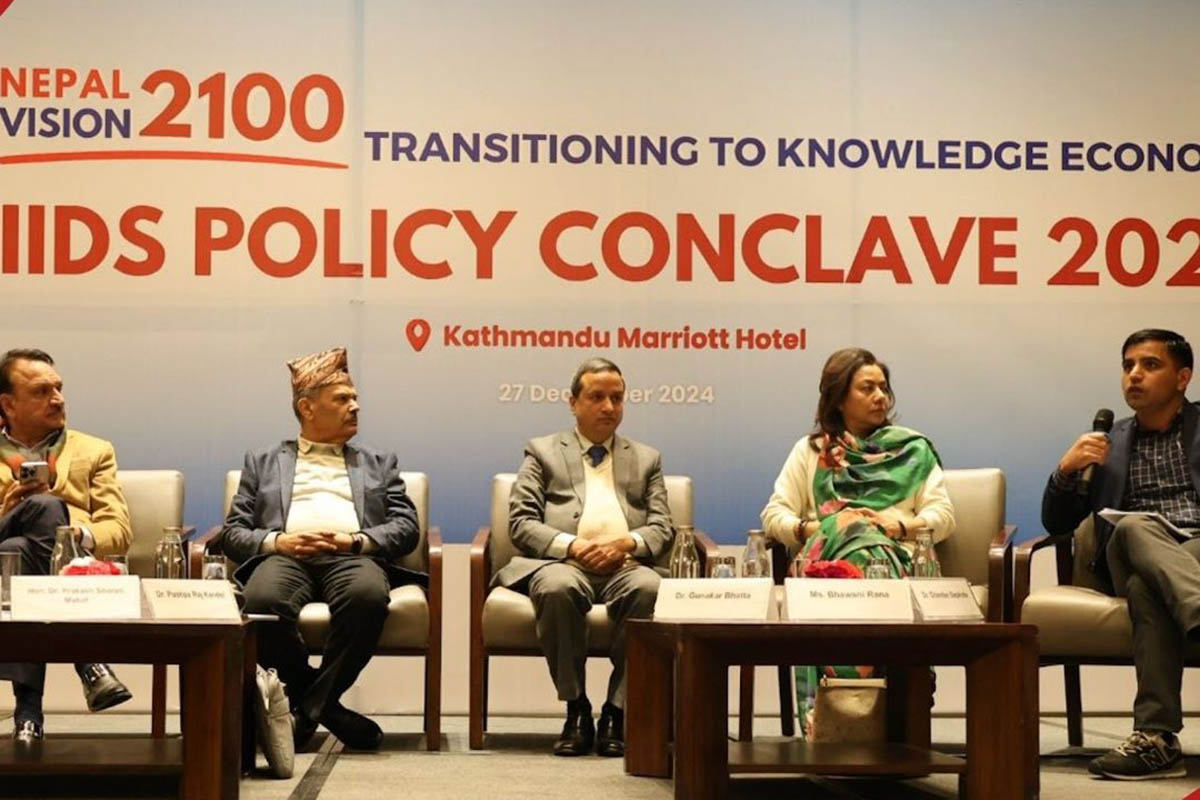
Former FNCCI President Bhawani Rana highlighted the resilience of Nepal’s private sector, urging public-private collaboration and targeted investments. Former Finance Minister Prakash Sharan Mahat pointed out inefficiencies in budgeting and resource allocation, calling for financial sector reforms and improved resource mobilisation.
Rameshore Khanal, Chair of the High-Level Economic Reform Advisory Commission, emphasised Nepal’s role as a ‘land bridge’ and the need for labour law reforms and investments in IT and energy.
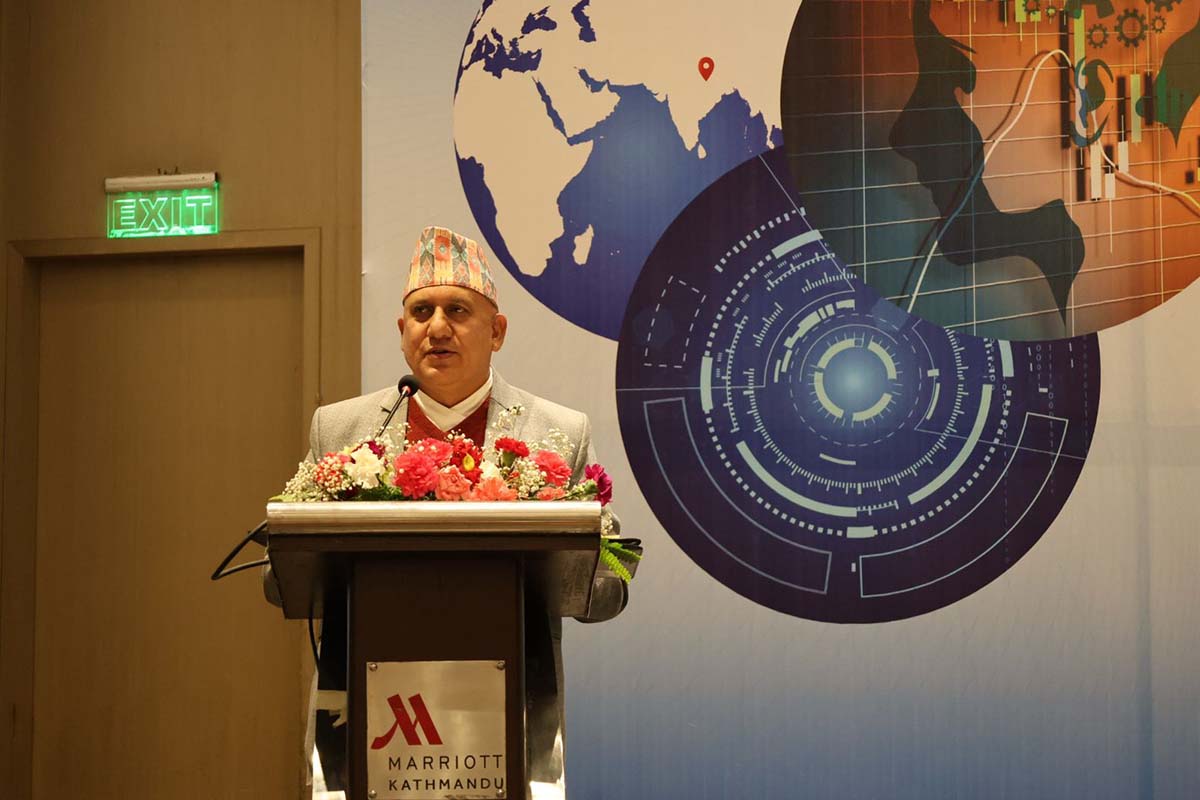
NPC Vice-Chairman Shiva Raj Adhikari advocated linking resource allocation to municipality rankings and development indices, emphasising coordinated governance.
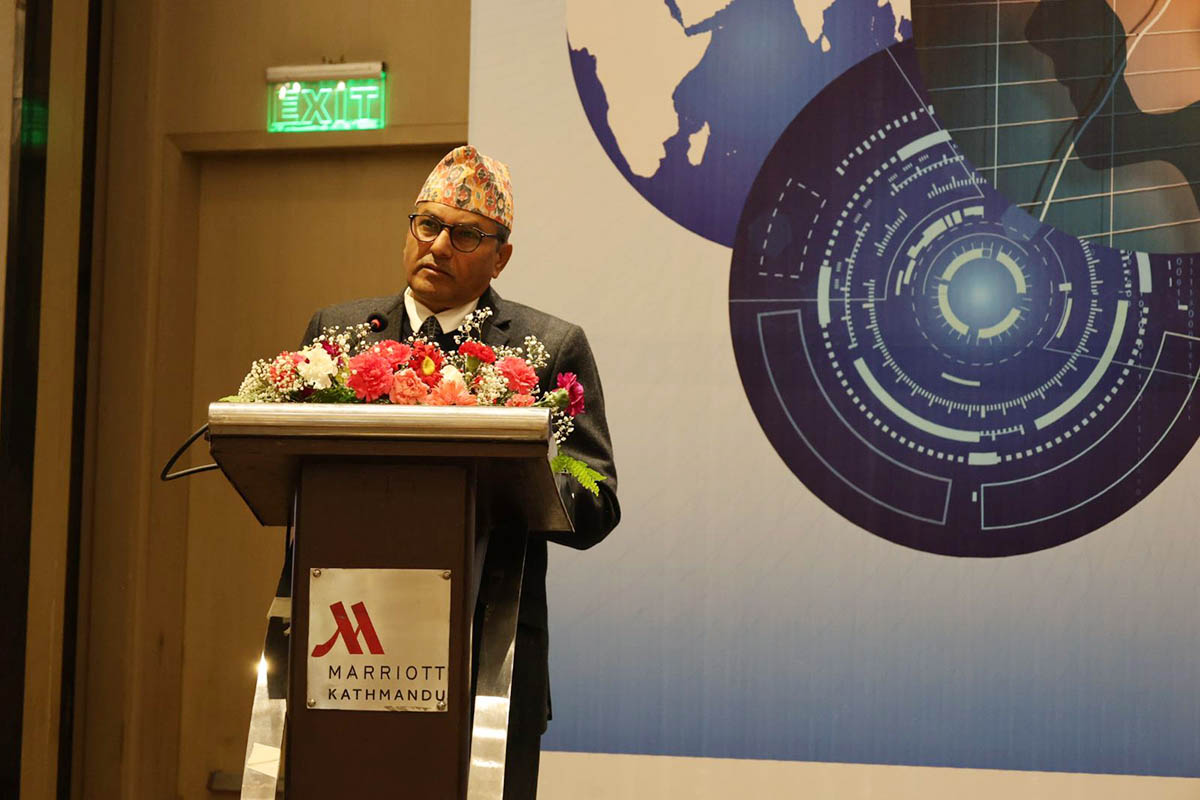
Nepal Rastra Bank (NRB) Governor Maha Prasad Adhikari stressed innovation-driven policies and the potential of knowledge-based industries, IT, agriculture, and tourism to drive sustainable growth.
First launched in 2023, the IIDS Policy Conclave serves as a platform to present Nepal’s critical structural challenges and explore pragmatic solutions for sustainable development. The 2023 conclave, themed ‘Structural Reform 2.0’, laid the foundation for second-generation reforms, including governance, economic, education reforms, and digital transformation. This year’s conclave built on those discussions and outlined a strategic development roadmap for the next two decades, providing an alternative to the Government of Nepal’s long-term vision embedded in the 15th Development Plan.
‘Nepal Vision 2100’ responds critically to the 15th periodic plan developed by the National Planning Commission (NPC), which proposes specific targets for various socio-economic indicators by 2043/44 AD. The government's vision seeks to reshape Nepal's economy by reducing agriculture's GDP share from 27% to 9%, expanding industry’s share from 15.2% to 30%, and marginally increasing the service sector’s share from 57.8% to 61% by 2100 BS. This approach mirrors practices adopted by most economies—transitioning from agriculture-based to more industrialised and eventually service-based economies. However, several structural challenges and geopolitical constraints make Nepal an exception to this model.
Challenges:
- Surging Private Credit: Surging private credit has expanded to 91.2% of GDP, with overall debt at 134% of GDP in 2024. However, much of it is directed to unproductive sectors, posing financial risks.
- Youth Migration Concerns: Over two million Nepalis have sought foreign employment, and more than three hundred thousand students have gone abroad in the past three years, risking an ageing population before achieving economic wealth.
- Trade Imbalance: Imports dominate 91.3% of trade (30% of GDP), while exports account for only 8.7% of trade (3% of GDP), reflecting weak industrial capacity.
- Dependence on Remittances: Remittances account for 25% of GDP and support 70% of households but contribute little to domestic capital formation and rely heavily on unskilled labour.
- Misallocation of Resources: Misallocation of resources is evident. Remittances and credit growth are channelled into imports and real estate rather than domestic industries, while government spending fails to deliver productive outcomes.
Nepal additionally faces several geographical constraints and tensions, low productivity, trade imbalances, reliance on remittances, and high production costs. Despite India and China's remarkable growth, Nepal has seen little to no spillover benefits. India’s reforms and China’s rise as a global factory have transformed their economies, with per capita incomes now at $2,481 and $12,614 respectively, while Nepal lags far behind at $1,456. Furthermore, limited exports, weak industrial output, political instability, and geographic disparities — such as underdeveloped northern Indian states and China’s concentration of infrastructure and economic activity in eastern coastal regions — further isolate Nepal, challenging the notion that proximity ensures shared economic benefits.
The Institute for Integrated Development Studies (IIDS) presents a revised ‘Nepal Vision 2100’, bridging the gap between aspiration and reality with a pragmatic and alternative strategic roadmap to guide the country’s development over the next two decades. The IIDS’ Nepal Vision 2100 addresses these issues by shifting focus from ‘unlimited potential’ to realistic priorities: transforming agriculture, leveraging natural resources, targeting high-value niche industries, and strengthening the service sector for sustainable growth.
The service sector export is vital for Nepal's economy as it harnesses the country's unique strengths, including tourism, information technology (IT), Meetings, Incentives, Conferences, and Exhibitions (MICE), and security services, to generate foreign income and create jobs.



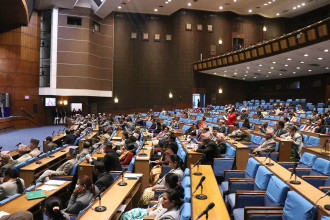
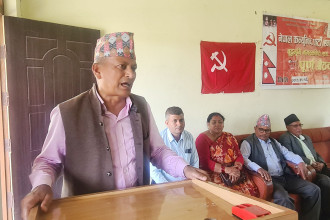
-1745308675.jpg)
